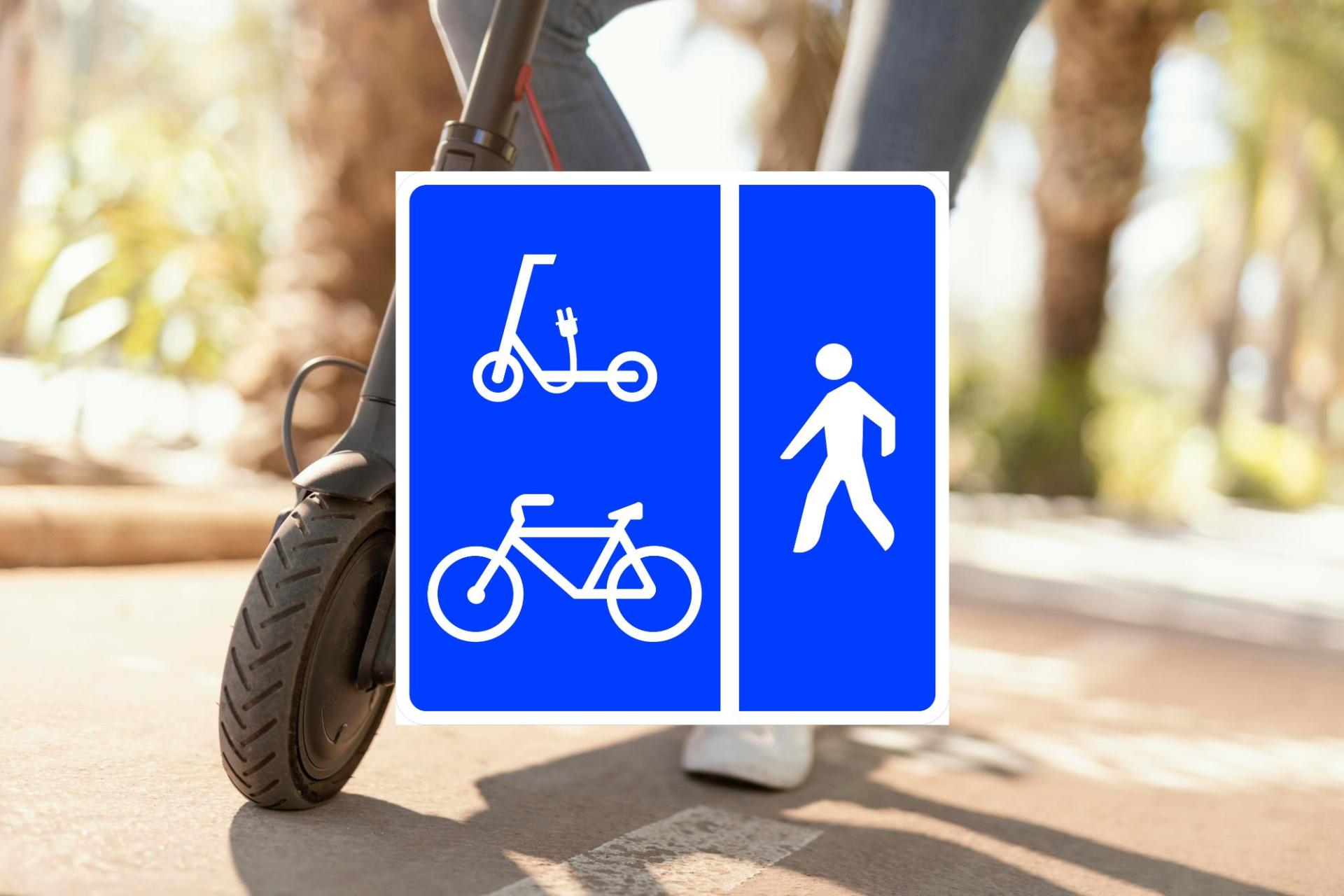Goodbye chaos: Spain unveils the traffic sign that will end battles between scooters, bikes, and walkers
By Mdb Digital
Copyright majorcadailybulletin

The transformation of Spanish cities is driving continuous updates to traffic regulations to adapt to new forms of mobility. The progressive increase in the use of electric scooters and bicycles has created a scenario where sharing public space requires clear and well-defined rules.
Starting July 1st, 2025, the S-43 sign began installation across various urban roads. Its primary purpose is to organise the coexistence of pedestrians, cyclists, and Personal Mobility Vehicle (PMV) users, such as electric scooter riders, to ensure safer and more organised circulation.
This new traffic sign is particularly significant as it not only establishes a common space for these users but also clearly differentiates the areas reserved for each group, thus preventing conflicts and accidents arising from unregulated coexistence.
Features of the S-43 sign
The S-43 sign is easily recognisable by its square design and blue background, a colour that according to the Highway Code indicates information, obligation, or guidance. Inside, pictograms represent a pedestrian, a bicycle, and an electric scooter.
Its function is to inform users that they are on a route specifically designed for the safe coexistence of these three types of users, with clearly differentiated zones for each, marked by ground paintings or even physical separations.
Implementation rationale
The exponential increase in sustainable mobility in Spain and the need for more user-friendly cities have driven the creation of this sign. The coexistence between pedestrians and non-motorised vehicles has historically generated problems due to the absence of clear rules and adequate infrastructure.
User obligations and responsibilities
Proper use of S-43 signed routes requires specific obligations for each user group. Pedestrians must respect their designated walking space and avoid invading the bicycle and scooter lane, despite having priority, to ensure their safety and that of others.
Cyclists and PMV users are required to travel exclusively in their reserved lane, adjusting their speed to environmental conditions and maintaining a safe distance from other users. Additionally, they must exercise extreme caution at points where these lanes intersect with pedestrian crossings or mixed transit zones.



